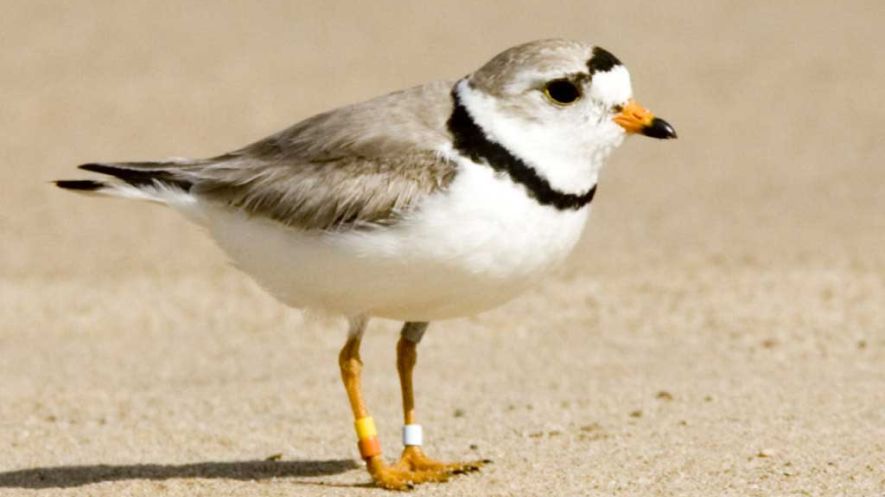A new national park in the Bahamas – one of several created on 31 August 2015 by the Bahamian government – will help ensure the survival of several at-risk Atlantic Coast shorebird species, including Piping Plovers and Red Knots.
The new 113,920-acre Joulter Cays National Park protects a group of uninhabited islands and intertidal sand flats in the Bahamas. The National Audubon Society collaborated with the Bahamas National Trust (BNT) on the proposal for the new national park. The area will be protected from unregulated development and destructive practices while ensuring a sustainable local economy.
“This is a great victory for heroic birds that don’t know borders and the people who depend on the shores and waters of the Joulter Cays to make a living,” said Audubon President and CEO David Yarnold. “By protecting these birds’ winter homes, we create the opportunity for new ecotourism jobs. That reflects the true power of Audubon’s partnerships across the hemisphere and we commend the government of the Bahamas for its leadership in protecting migratory birds.”
In 2012, Audubon research expeditions, alongside the Bahamas National Trust and other organizations, solved the mystery of where endangered Piping Plovers spend their winter. The Joulter Cays were revealed to be a critical wintering location for Atlantic plovers, Red Knots and other declining shorebirds. The cays were later designated as a globally Important Bird and Biodiversity Area, an essential initial step in protecting the site to benefit all wildlife.
The Bahamas is a coral-based archipelago of more than 700 islands and 2,500 cays sprinkled across 100,000 square miles of the Caribbean with over 340 bird species and vital pockets of marine and coastal biodiversity. The Joulter Cays National Park represents 113,920 acres of pristine habitat located approximately two miles north of the main island of Andros. The area showcases an astonishing congregation of birdlife and is a globally recognized hotspot for sports fishing.
Lawrence Glinton, president of Bahamas National Trust said, “The park also has tremendous ecotourism potential and can generate significant revenue from bird based tourism. BNT and Audubon are presently developing a program that will allow local residents to take full advantage of these exciting new opportunities.”
Of the bird species documented in the Bahamas, more than 50% are migrants from the U.S. and Canada. The national park’s isolated sand flats and mangroves provide essential habitat for thousands of shorebirds representing 13 species, including the largest congregation of the endangered Piping Plover outside the U.S. The region is also important for breeding White-crowned Pigeons, wading birds and seabird populations and its mangrove forests support numerous migrating songbirds.
The distinct environment of the Joulter Cays gives rise to many irreplaceable habitats. The park encompasses a portion of the Andros Barrier Reef, second largest in the Western Hemisphere, with intact healthy reefs and deeper waters important for fisheries productivity, including impressive bonefish populations that contribute to a vibrant fly-fishing industry. Extensive banks of oolitic sand, seagrass meadows, mangroves and tidal creeks provide nursery areas and feeding grounds for sharks, conch, sea cucumbers, spiny lobsters and marine turtles. These marine ecosystems support local communities, as well as a lucrative tourism industry that draws snorkelers, divers and sport fishermen from around the world. To read the Marine Protected Areas Announcement, click here.





